Microbial and Chemical Risk from Reclaimed Water Use for Residential Irrigation
Microbial and Chemical Risk from Reclaimed Water Use for Residential Irrigation
Source: https://iwaponline.com/
Author: Jennifer Weidhaas , McKinley Olsenb , Joan E. McLeanc , Niel Allen c, Leila Ahmadic
Usually dispatched in 2 to 3 days
Usually dispatched in 2 to 3 days
Category:
Irrigation & Agriculture
Only logged in customers who have purchased this product may leave a review.
Related products
Standards For Landscape Irrigation Systems
Introduction:
The following Standards for Landscape Irrigation Systems replace the previous publication of March 1997. They have been developed by the Irrigation Industry Association of British Columbia to reflect the current minimum Standards for the industry and to provide guidance to its members as a benchmark for their performance. The principles embodied in these Standards apply to all landscape irrigation systems but the special circumstances of some owners or installations may require the development of more customized specifications related to the project. The use of these Standards is intended to encourage efficient and responsible water management and result in irrigation systems that are economical, practical, and sustainable. Owners, designers, and installers of these systems are responsible for the use of a precious and finite resource to maintain healthy and functional landscapes. Accepted industry practice reflects these goals. The Irrigation Industry Association of British Columbia accepts no liability arising from the use of these Standards in contractual relationships between parties to an irrigation project.
Standards For Landscape Irrigation Systems
Introduction:
The following Standards for Landscape Irrigation Systems replace the previous publication of March 1997. They have been developed by the Irrigation Industry Association of British Columbia to reflect the current minimum Standards for the industry and to provide guidance to its members as a benchmark for their performance. The principles embodied in these Standards apply to all landscape irrigation systems but the special circumstances of some owners or installations may require the development of more customized specifications related to the project. The use of these Standards is intended to encourage efficient and responsible water management and result in irrigation systems that are economical, practical, and sustainable. Owners, designers, and installers of these systems are responsible for the use of a precious and finite resource to maintain healthy and functional landscapes. Accepted industry practice reflects these goals. The Irrigation Industry Association of British Columbia accepts no liability arising from the use of these Standards in contractual relationships between parties to an irrigation project.
Chemigation Backflow Prevention
Introduction
The purpose of this guide is to familiarize those injecting pesticides into irrigation systems with the federal government's equipment requirements on the pesticide label.
The guide will cover the legal requirements as well as discuss practical ways to meet the requirements.
Chemigation Backflow Prevention
Introduction
The purpose of this guide is to familiarize those injecting pesticides into irrigation systems with the federal government's equipment requirements on the pesticide label.
The guide will cover the legal requirements as well as discuss practical ways to meet the requirements.
Soil Water Flow And Irrigated Soil Water Balance In Response To Powder River Basin Coalbed Methane Product Water
In the soil columns experiment, A and B horizon materials from sandy loam, silt loam, and clay loam soils were pre-treated with water having salinity and sodicity typical of PRB CBM water or of Powder River (PR) water currently used for irrigation in the basin. Tension infiltrometer measurements were used to determine infiltration flux, first using pre-treatment water, and subsequently deionized (DI) water, simulating rainwater. Measurements were compared by pre-treatment water, horizon, and soil type. Under pre-treatment water testing, the sandy loam and clay loam soils pre-treated with CBM water exhibited smaller infiltration flux values than when pre-treated with PR water. Only the sandy loam soil showed a greater decrease in infiltration flux with DI water on soils pre-treated with CBM relative to PR water pre-treated soils. There was no difference in infiltration flux decrease with DI water between A and B horizon soils, or between smectite and non-smectite soils.
Soil Water Flow And Irrigated Soil Water Balance In Response To Powder River Basin Coalbed Methane Product Water
In the soil columns experiment, A and B horizon materials from sandy loam, silt loam, and clay loam soils were pre-treated with water having salinity and sodicity typical of PRB CBM water or of Powder River (PR) water currently used for irrigation in the basin. Tension infiltrometer measurements were used to determine infiltration flux, first using pre-treatment water, and subsequently deionized (DI) water, simulating rainwater. Measurements were compared by pre-treatment water, horizon, and soil type. Under pre-treatment water testing, the sandy loam and clay loam soils pre-treated with CBM water exhibited smaller infiltration flux values than when pre-treated with PR water. Only the sandy loam soil showed a greater decrease in infiltration flux with DI water on soils pre-treated with CBM relative to PR water pre-treated soils. There was no difference in infiltration flux decrease with DI water between A and B horizon soils, or between smectite and non-smectite soils.
Soil Water and Agronomic Productivity
The need for an efficient use of soil water is.also enhanced by the lack of availability of freshwater
supply for supplemental irrigation. Global water use for agriculture,.as a percentage of the total water
use,was 81.4% in 1900, 72.3% in 1950, 68.2% in 1975, and 56.7% in 2000. Global water use for urban
purposes (km 3/year) was 20 in 1900, 60 in 1950, 150 in 1975, and 440 in 2000. Similarly, global water
use (km 3/year) for industrial purposes was 30 in 1900, 190 in 1950, 630 in 1975, and 1900 in 2000
Availability of water for irrigation is also constrained by the diversion to fossil fuel production
and eutrophication/pollution of water resources. One liter of bioethanol production requires 3500L
of fresh water. Thus, there is a strong and prime need for conserving, recycling, and improving soil-
water resources to meet the food demands of the growing world population.
supply for supplemental irrigation. Global water use for agriculture,.as a percentage of the total water
use,was 81.4% in 1900, 72.3% in 1950, 68.2% in 1975, and 56.7% in 2000. Global water use for urban
purposes (km 3/year) was 20 in 1900, 60 in 1950, 150 in 1975, and 440 in 2000. Similarly, global water
use (km 3/year) for industrial purposes was 30 in 1900, 190 in 1950, 630 in 1975, and 1900 in 2000
Availability of water for irrigation is also constrained by the diversion to fossil fuel production
and eutrophication/pollution of water resources. One liter of bioethanol production requires 3500L
of fresh water. Thus, there is a strong and prime need for conserving, recycling, and improving soil-
water resources to meet the food demands of the growing world population.
Soil Water and Agronomic Productivity
The need for an efficient use of soil water is.also enhanced by the lack of availability of freshwater
supply for supplemental irrigation. Global water use for agriculture,.as a percentage of the total water
use,was 81.4% in 1900, 72.3% in 1950, 68.2% in 1975, and 56.7% in 2000. Global water use for urban
purposes (km 3/year) was 20 in 1900, 60 in 1950, 150 in 1975, and 440 in 2000. Similarly, global water
use (km 3/year) for industrial purposes was 30 in 1900, 190 in 1950, 630 in 1975, and 1900 in 2000
Availability of water for irrigation is also constrained by the diversion to fossil fuel production
and eutrophication/pollution of water resources. One liter of bioethanol production requires 3500L
of fresh water. Thus, there is a strong and prime need for conserving, recycling, and improving soil-
water resources to meet the food demands of the growing world population.
supply for supplemental irrigation. Global water use for agriculture,.as a percentage of the total water
use,was 81.4% in 1900, 72.3% in 1950, 68.2% in 1975, and 56.7% in 2000. Global water use for urban
purposes (km 3/year) was 20 in 1900, 60 in 1950, 150 in 1975, and 440 in 2000. Similarly, global water
use (km 3/year) for industrial purposes was 30 in 1900, 190 in 1950, 630 in 1975, and 1900 in 2000
Availability of water for irrigation is also constrained by the diversion to fossil fuel production
and eutrophication/pollution of water resources. One liter of bioethanol production requires 3500L
of fresh water. Thus, there is a strong and prime need for conserving, recycling, and improving soil-
water resources to meet the food demands of the growing world population.
Irrigation Engineering
Purpose of Irrigation
Some of the main purposes of irrigation are enlisted below:
1. To supply essential moisture for plant growth
2. Transportation of fertilizers (Fertigation)
3. To leach or dilute salts in the soil
4. To help in field preparation, dust control, etc.
5. Other benefits of irrigation include cooling the soil and atmosphere to create a more favorable environment for crop growth and frost control.
Irrigation Engineering
Purpose of Irrigation
Some of the main purposes of irrigation are enlisted below:
1. To supply essential moisture for plant growth
2. Transportation of fertilizers (Fertigation)
3. To leach or dilute salts in the soil
4. To help in field preparation, dust control, etc.
5. Other benefits of irrigation include cooling the soil and atmosphere to create a more favorable environment for crop growth and frost control.
Wastewater Use in Agriculture
Introduction
With increasing global population, the gap between the supply and demand for water is widening and is reaching such alarming levels that in some parts of the world it is posing a threat to human existence. Scientists around the globe are working on new ways of conserving water. It is an opportune time, to refocus on one of the ways to recycle water—through the reuse of urban wastewater, for irrigation and other purposes. This could release clean water for use in other sectors that need fresh water and provide water to sectors that can utilize wastewater e.g., for irrigation and other ecosystem services. In general, wastewater comprises liquid wastes generated by households, industry, commercial sources, as a result of daily usage, production, and consumption activities. Municipal treatment facilities are designed to treat raw wastewater to produce a liquid effluent of suitable quality that can be disposed to the natural surface waters with minimum impact on human health or the environment. The disposal of wastewater is a major problem faced by municipalities, particularly in the case of large metropolitan areas, with limited space for land[1]based treatment and disposal. On the other hand, wastewater is also a resource that can be applied for productive uses since wastewater contains nutrients that have the potential for use in agriculture, aquaculture, and other activities. In both developed and developing countries, the most prevalent practice is the application of municipal wastewater (both treated and untreated) to land. In developed countries where environmental standards are applied, much of the wastewater is treated prior to use for irrigation of fodder, fiber, and seed crops and, to a limited extent, for the irrigation of orchards, vineyards, and other crops. Other important uses of wastewater include, recharge of groundwater, landscaping (golf courses, freeways, playgrounds, schoolyards, and parks), industry, construction, dust control, wildlife habitat improvement and aquaculture. In developing countries, though standards are set, these are not always strictly adhered to. Wastewater, in its untreated form, is widely used for agriculture and aquaculture and has been the practice for centuries in countries such as China, India and Mexico. Thus, wastewater can be considered as both a resource and a problem. Wastewater and its nutrient content can be used extensively for irrigation and other ecosystem services. Its reuse can deliver positive benefits to the farming community, society, and municipalities. However, wastewater reuse also exacts negative externality effects on humans and ecological systems, which need to be identified and assessed. Before one can endorse wastewater irrigation as a means of increasing water supply for agriculture, a thorough analysis must be undertaken from an economic perspective as well. In this regard the comprehensive costs and benefits of such wastewater reuse should be evaluated. Conventional cost benefit analysis quite often fails to quantify and monetize externalities associated with wastewater reuse. Hence, environmental valuation techniques and other related tools should be employed to guide decision-making. Moreover, the economic effects of wastewater irrigation need to be evaluated not only from the social, economic, and ecological standpoint, but also from the sustainable development perspective. Pakistan is a case which illustrates this problem. Both treated and untreated municipal wastewater in the vicinity of large cities like Faisalabad is used for vegetable production. But, how safe is this practice? How does one tradeoff between the obvious benefits of this use and the costs associated with it?
Wastewater Use in Agriculture
Introduction
With increasing global population, the gap between the supply and demand for water is widening and is reaching such alarming levels that in some parts of the world it is posing a threat to human existence. Scientists around the globe are working on new ways of conserving water. It is an opportune time, to refocus on one of the ways to recycle water—through the reuse of urban wastewater, for irrigation and other purposes. This could release clean water for use in other sectors that need fresh water and provide water to sectors that can utilize wastewater e.g., for irrigation and other ecosystem services. In general, wastewater comprises liquid wastes generated by households, industry, commercial sources, as a result of daily usage, production, and consumption activities. Municipal treatment facilities are designed to treat raw wastewater to produce a liquid effluent of suitable quality that can be disposed to the natural surface waters with minimum impact on human health or the environment. The disposal of wastewater is a major problem faced by municipalities, particularly in the case of large metropolitan areas, with limited space for land[1]based treatment and disposal. On the other hand, wastewater is also a resource that can be applied for productive uses since wastewater contains nutrients that have the potential for use in agriculture, aquaculture, and other activities. In both developed and developing countries, the most prevalent practice is the application of municipal wastewater (both treated and untreated) to land. In developed countries where environmental standards are applied, much of the wastewater is treated prior to use for irrigation of fodder, fiber, and seed crops and, to a limited extent, for the irrigation of orchards, vineyards, and other crops. Other important uses of wastewater include, recharge of groundwater, landscaping (golf courses, freeways, playgrounds, schoolyards, and parks), industry, construction, dust control, wildlife habitat improvement and aquaculture. In developing countries, though standards are set, these are not always strictly adhered to. Wastewater, in its untreated form, is widely used for agriculture and aquaculture and has been the practice for centuries in countries such as China, India and Mexico. Thus, wastewater can be considered as both a resource and a problem. Wastewater and its nutrient content can be used extensively for irrigation and other ecosystem services. Its reuse can deliver positive benefits to the farming community, society, and municipalities. However, wastewater reuse also exacts negative externality effects on humans and ecological systems, which need to be identified and assessed. Before one can endorse wastewater irrigation as a means of increasing water supply for agriculture, a thorough analysis must be undertaken from an economic perspective as well. In this regard the comprehensive costs and benefits of such wastewater reuse should be evaluated. Conventional cost benefit analysis quite often fails to quantify and monetize externalities associated with wastewater reuse. Hence, environmental valuation techniques and other related tools should be employed to guide decision-making. Moreover, the economic effects of wastewater irrigation need to be evaluated not only from the social, economic, and ecological standpoint, but also from the sustainable development perspective. Pakistan is a case which illustrates this problem. Both treated and untreated municipal wastewater in the vicinity of large cities like Faisalabad is used for vegetable production. But, how safe is this practice? How does one tradeoff between the obvious benefits of this use and the costs associated with it?


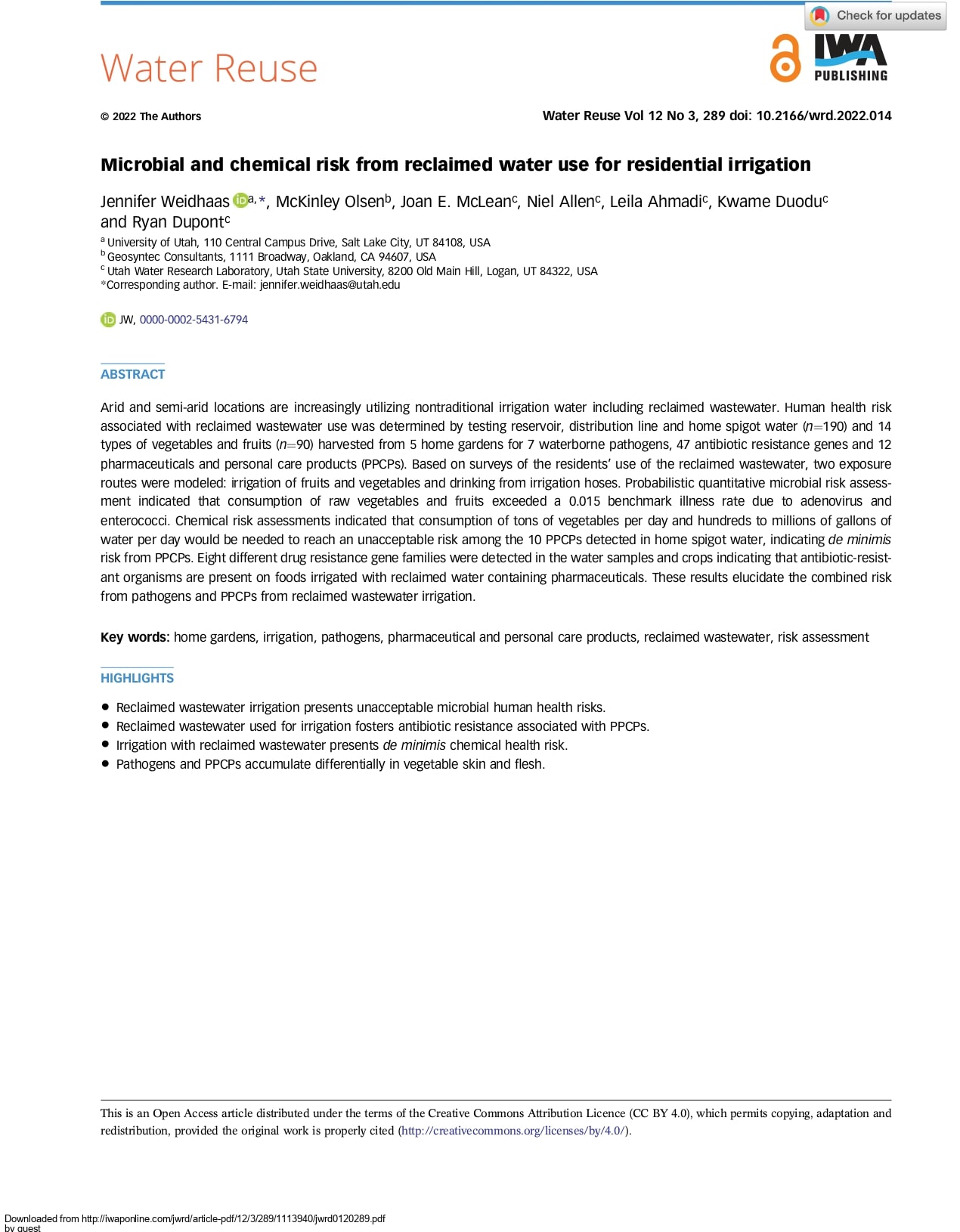



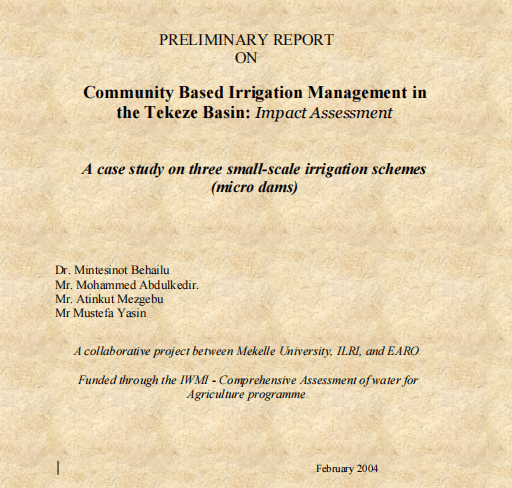
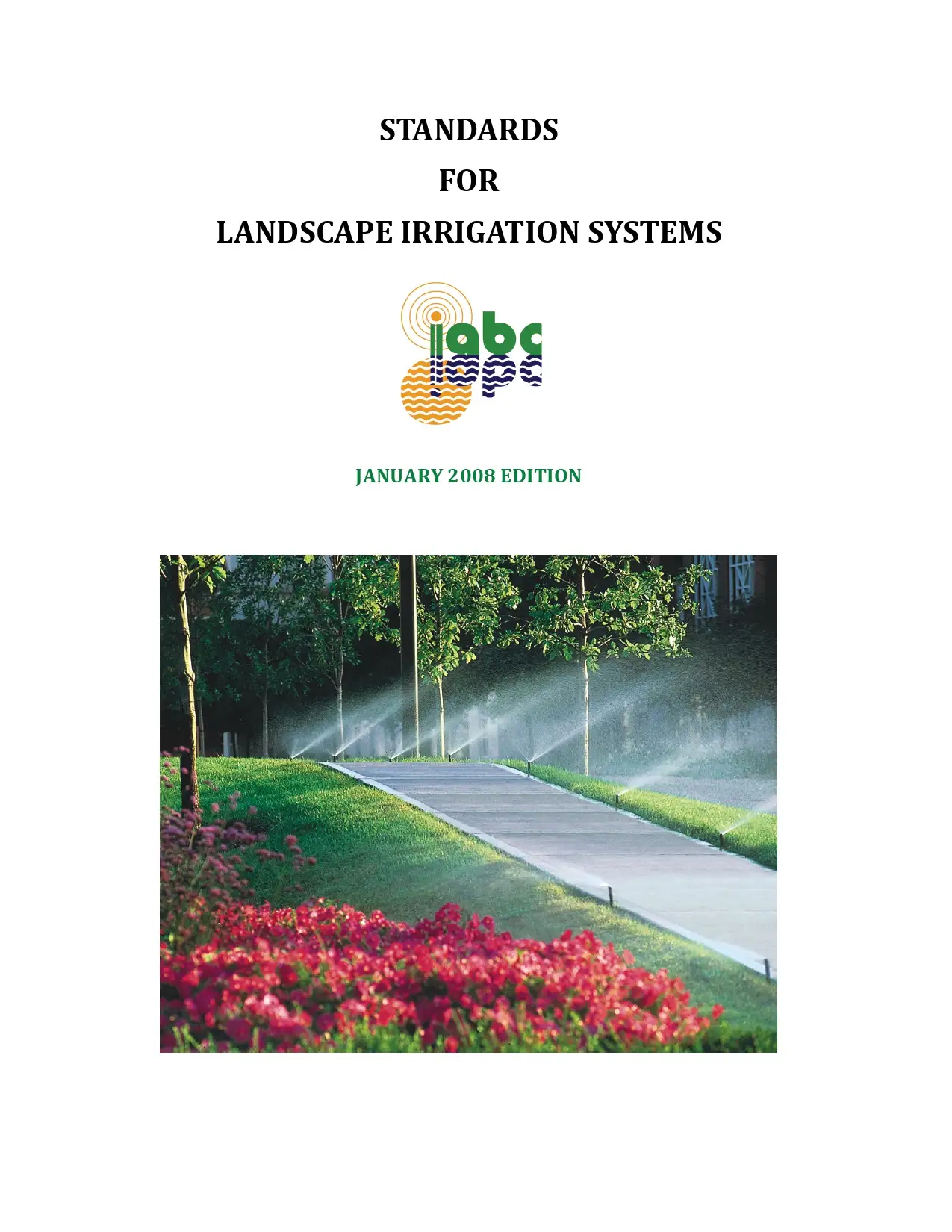
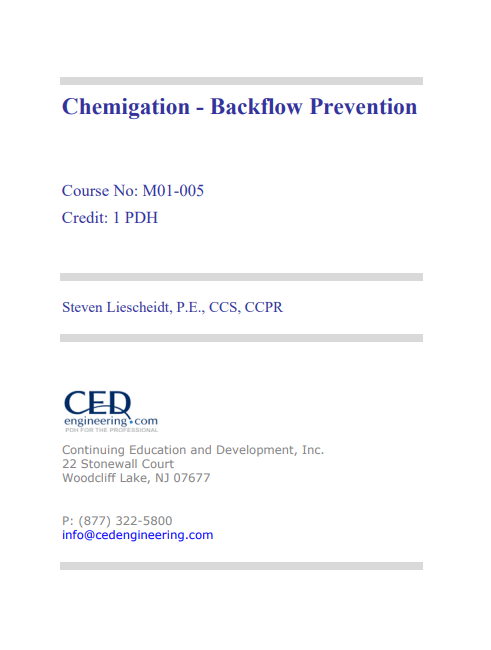

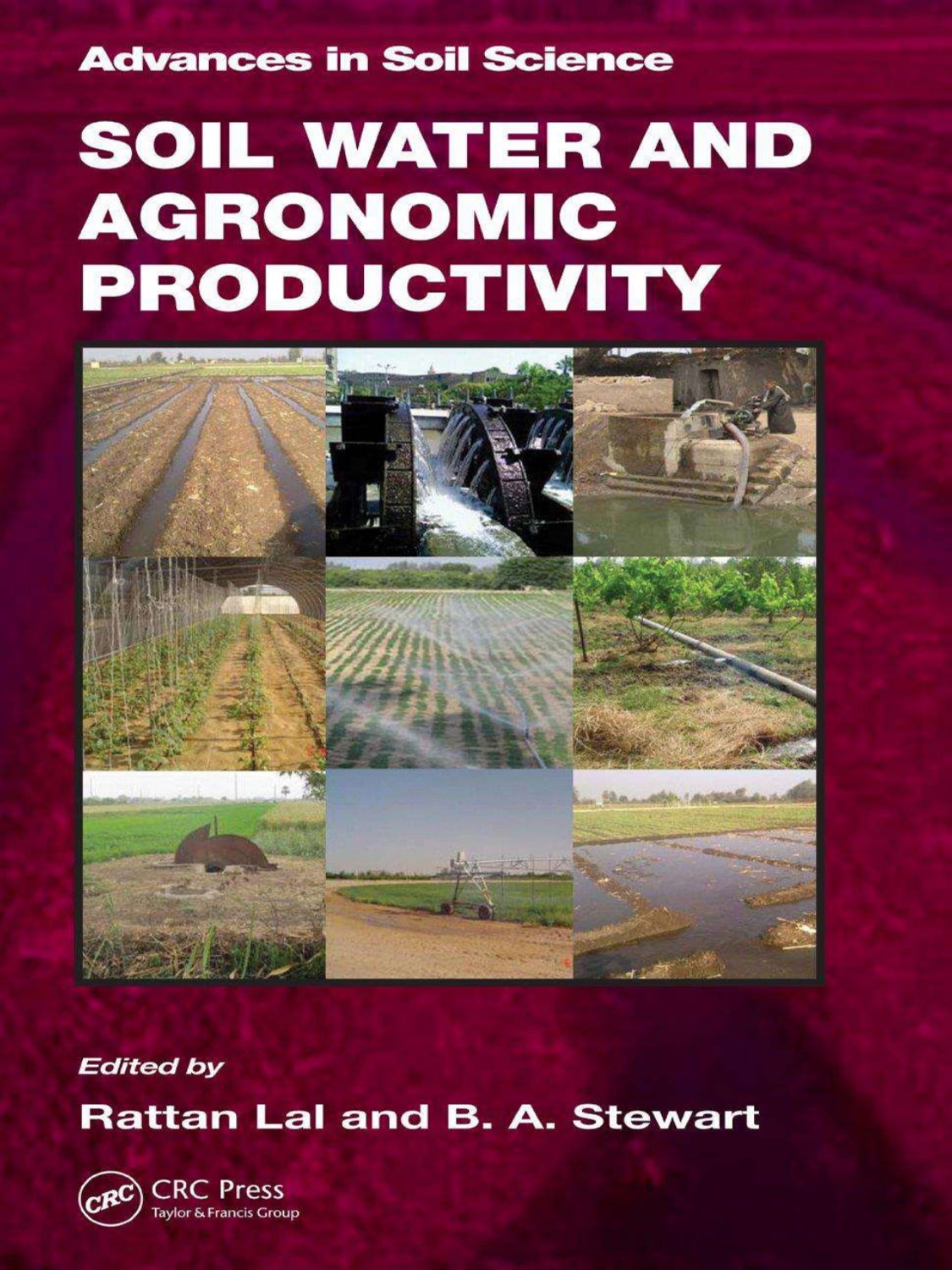

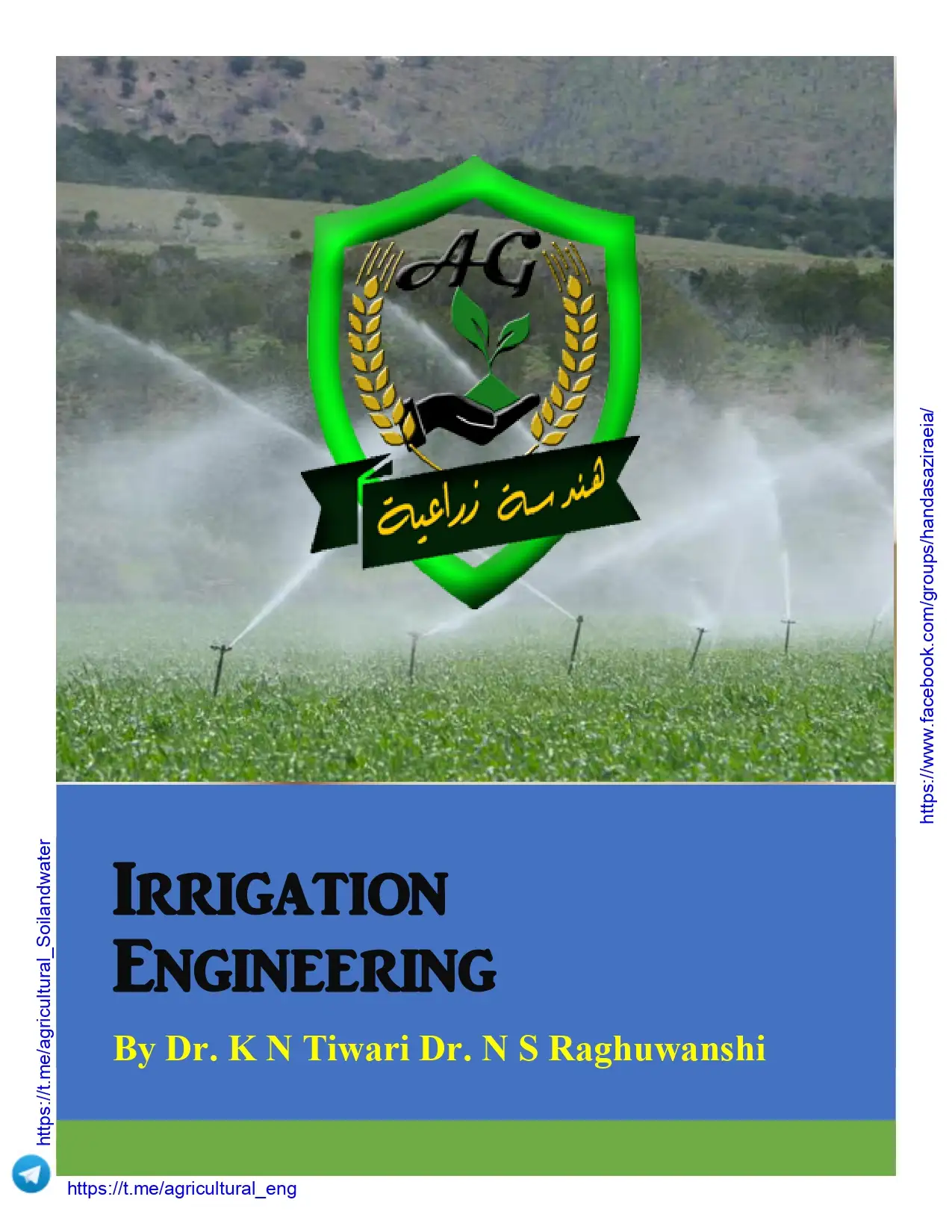


Reviews
There are no reviews yet.